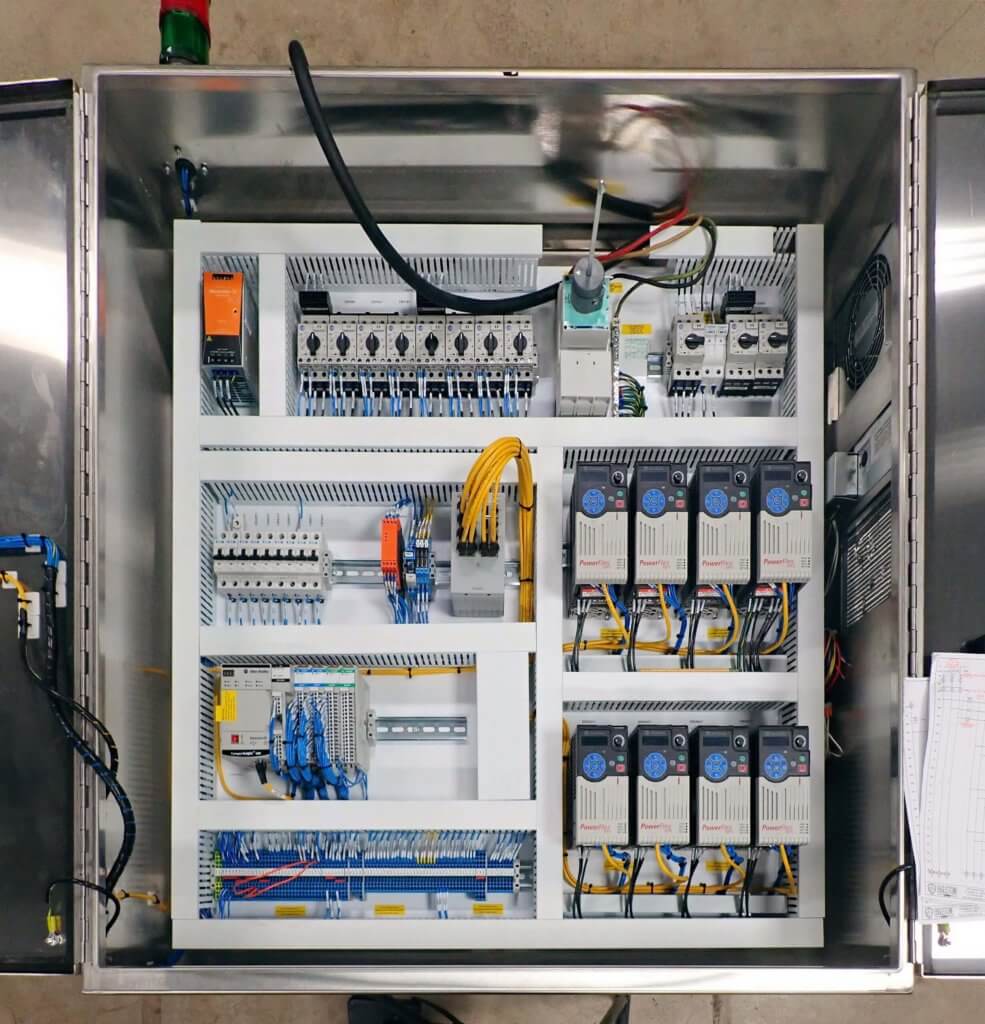PLC, SCADA, DCS System
Programming Languages (Per IEC 61131-3 Standard)
Key Features of a PLC

Programmable
Can be reprogrammed for different tasks using ladder logic, structured text, or other programming languages.
Modular & Scalable
I/O (Input/Output) modules can be added for more sensors and actuators.
Real-Time Operation
Executes control logic in real time with deterministic response.
Reliable & Robust
Designed for 24/7 operation in industrial settings.
Communication Capabilities
Can interface with SCADA, HMI (Human-Machine Interface), and other industrial networks (e.g., Ethernet/IP, Profibus, Modbus).
Certificates & Standards
1. Classification Society Certifications
These certifications ensure compliance with marine and offshore safety standards.
– ABS (American Bureau of Shipping)
– DNV (Det Norske Veritas)
– Lloyd’s Register (LR)
– Bureau Veritas (BV)
– ClassNK (Nippon Kaiji Kyokai)
– RINA (Registro Italiano Navale)
2. International Maritime & Offshore Standards
A. Safety & Electrical Standards
– IEC 60092 (Electrical – Installations in Ships)
– IEC 60092-504 (Automation & Control) – Covers automation systems.
– IEC 60092-202 (Switchgear & Controlgear) – For panel construction.
– IEC 60529 (IP Rating) – Ensures protection against dust/water (e.g., IP56 for offshore use).
– IEC 60945 (Marine Navigation & Radio Equipment) – For harsh environments.
– IEC 61892 (Mobile & Fixed Offshore Units – Electrical Installations)
B. Hazardous Area Certifications (If Applicable)
– ATEX (EU Directive 2014/34/EU) – For explosive atmospheres (Zone 1/2).
– IECEx (International) – Global certification for Ex equipment.
– UL 1203 (Explosion-Proof Equipment – US Standard)
C. Environmental & Mechanical Durability
– DNV-RU-SHIP Pt.4 Ch.8 (Environmental Testing) – Vibration, shock, humidity.
– IEC 60068 (Environmental Testing) – Salt mist, temperature cycling.
3. Marine-Specific Automation Standards
– SOLAS (Safety of Life at Sea – Chapter II-1, Regulation 45) – Requires automation systems to ensure ship safety.
– MARPOL (Marine Pollution Prevention) – Ensures compliance with environmental regulations.
– IMO MSC.158(78) (Guidelines for Vessel Control Systems)
4. Quality & Manufacturing Standards
– ISO 9001 (Quality Management) – Ensures consistent manufacturing.
– ISO 13849 (Functional Safety of Machinery) – For safety-related control systems.
– ISO 21745 (Reliability Testing for Marine Systems)
5. Additional Certifications (Depending on Application)
– CE Marking (EU Compliance) – Required for European offshore operations.
– UKCA (UK Conformity Assessed) – Post-Brexit UK compliance.
– NORSOK (Norwegian Offshore Standards) – For North Sea operations.